Perk Up with 6 Tasteful Malaysian Drinks
Lighten your mood and rejuvenate your senses with 6 must-try Malaysian drinks!
Discover the authentic in Asian cuisine food
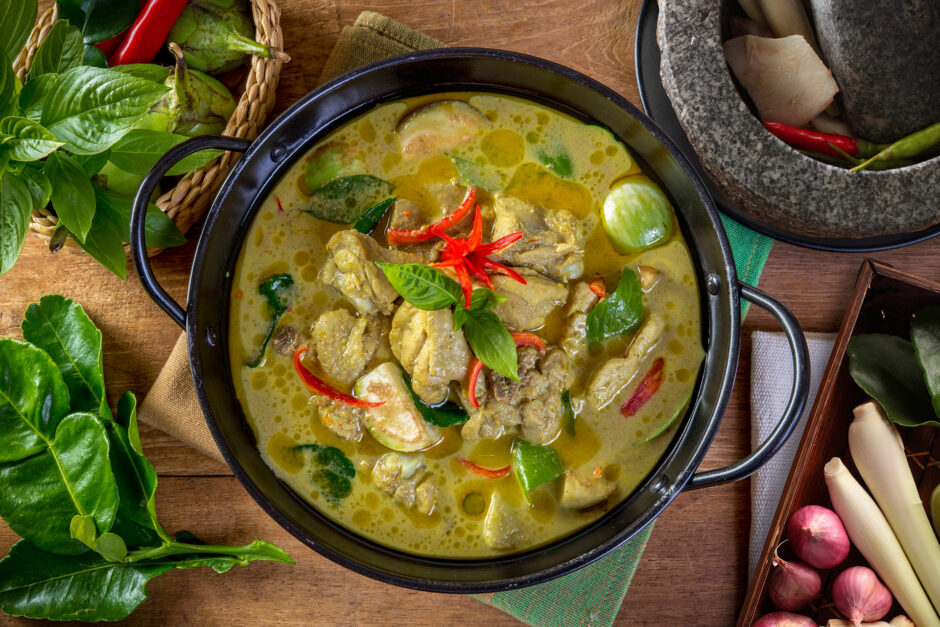
Every Thai dish packs a balance of bold flavours, and the Green Curry is among the traditional favourites that exemplifies this philosophy. Thai Green Curry is a creamy, spicy wonder dish invented after the introduction of chillies by Portuguese missionaries in the 16th Century. Presumably inspired by Indian curry, the Thai Green Curry is believed to have evolved into the dish we know today, during the reigns of King Rama VI and Rama VII, between 1908 till 1926. It remains one of the most irresistible iconic curries, beloved all over Thailand and around the world. It is enjoyed from households and street hawkers to gourmet restaurants and cosy modern diners.
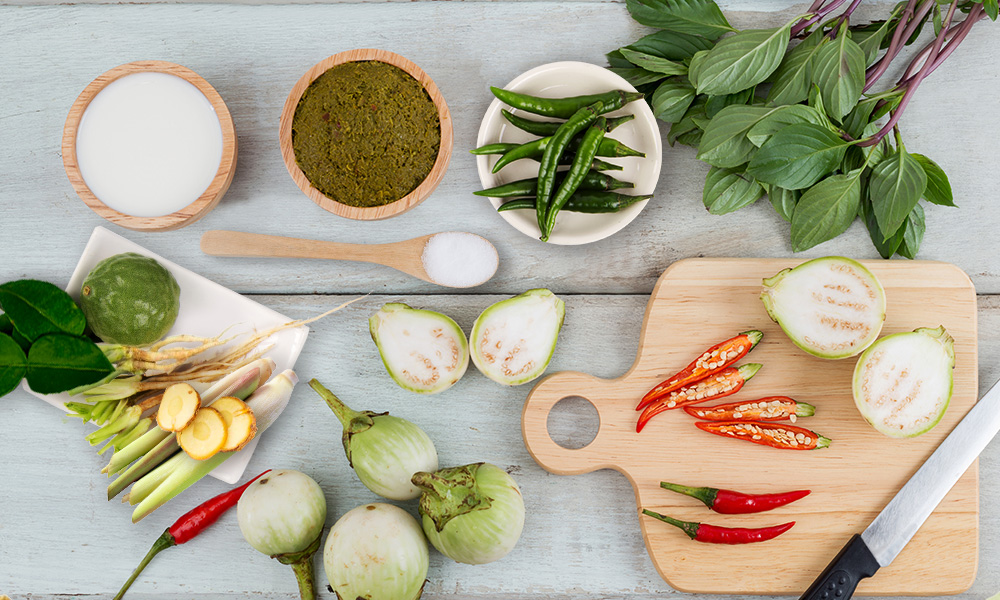
Like all Thai curries, Green Curry begins with the paste – a blend of galangal, coriander roots, lemongrass, Thai basil leaves, shallots, garlic, cumin seeds, coriander seeds, white peppercorns, fermented shrimp paste, kaffir lime leaves and green bird’s eye chillies. It is actually the Thai green chillies’ natural colour which makes the curry vibrantly green, while the assortment of herbs and spices tempers the fiery flavour with sweet, citrusy and savoury tones, and imbues the curry paste with a rich enticing aroma.

Green Curry is often considered the spiciest of Thai curries, but you may not feel it on the first sip. Instead of a burst of chilli heat like Thai Red Curry, Green Curry’s zesty flavour gradually grows on your taste-buds as you eat it. Thai green chillies pack a punch! And if you’re making the paste by yourself, you can control how spicy the Green Curry will be by adjusting the number of chillies you use and whether you deseed them or leave them whole. In comparison, Thai Yellow Curry is the mildest of the Thai curries, though all three share a similar creamy mouth-feel.
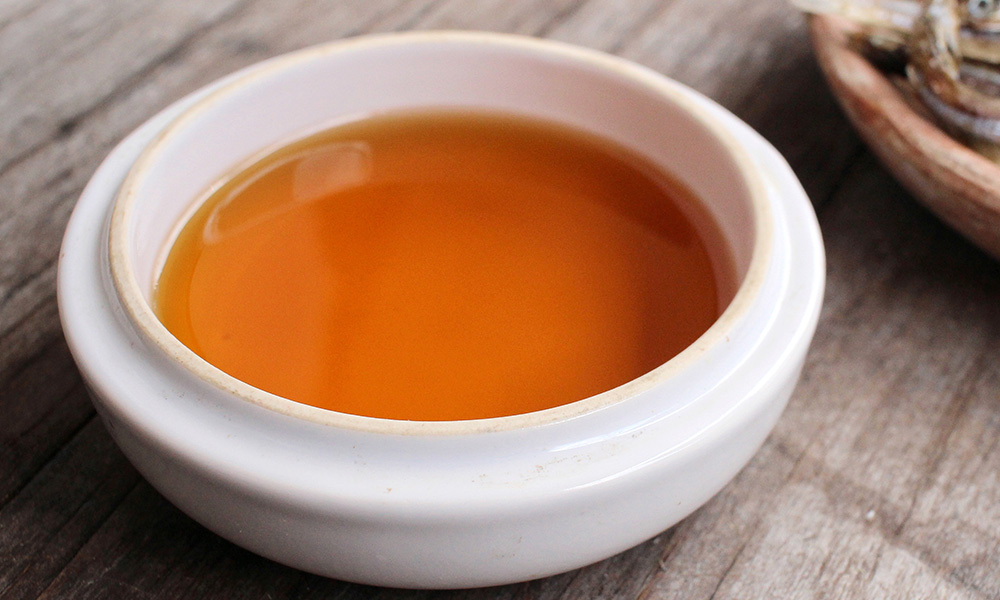
In general, fish sauce is a core ingredient you can’t do without in Thai cooking. Made from fermented anchovies, it has a strong funky aroma, clear amber colour, watery texture and rich savoury flavour. Fish sauce is a common Southeast Asian seasoning sauce, condiment, and also used in marinades. For Thai Green Curry, fish sauce enhances the overall savoury taste, balances the spicy piquant flavours, and brings an appetizing note in every slurp.
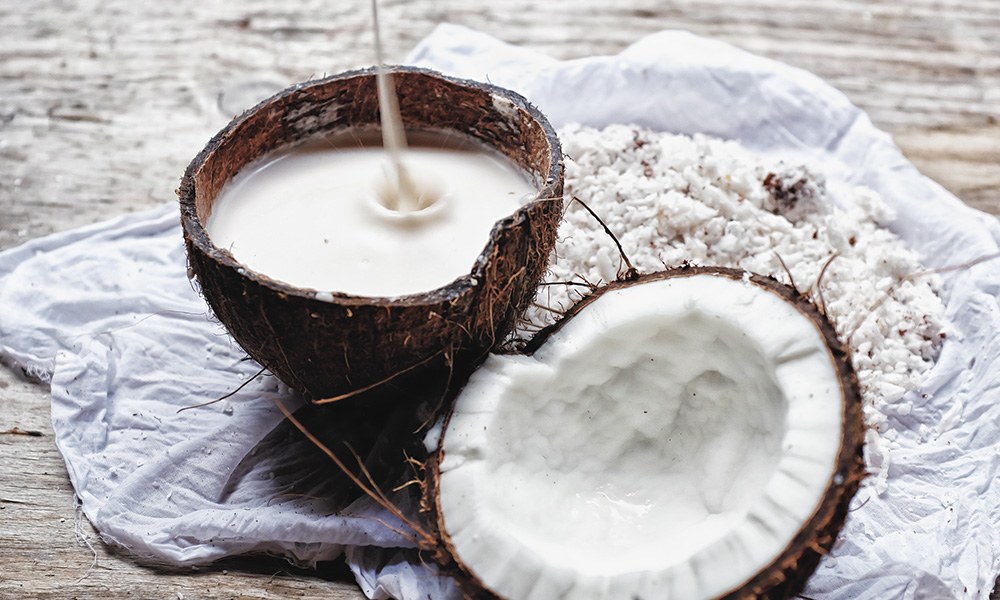
Coconut plays a major role in Thai culture. Every part of the tree has its uses, and of course, products from the fruit itself are essential in Thai cooking; specifically, coconut cream and coconut milk.
Coconut cream is made from chilling coconut milk and skimming off the thick cream on the top. Commonly used to make desserts in Thai cuisine. Coconut milk is extracted from pulped coconut flesh, and is the secret that gives the soothing velvety taste of Thai stews and curries.
For Green Curry, coconut cream is too thick and may lump up the stew when cooking. Coconut milk, on the other hand, adds a rich, creamy texture and taste to the curry, while also tempering the spicy flavour and exudes a subtle sweet and nutty fragrance.
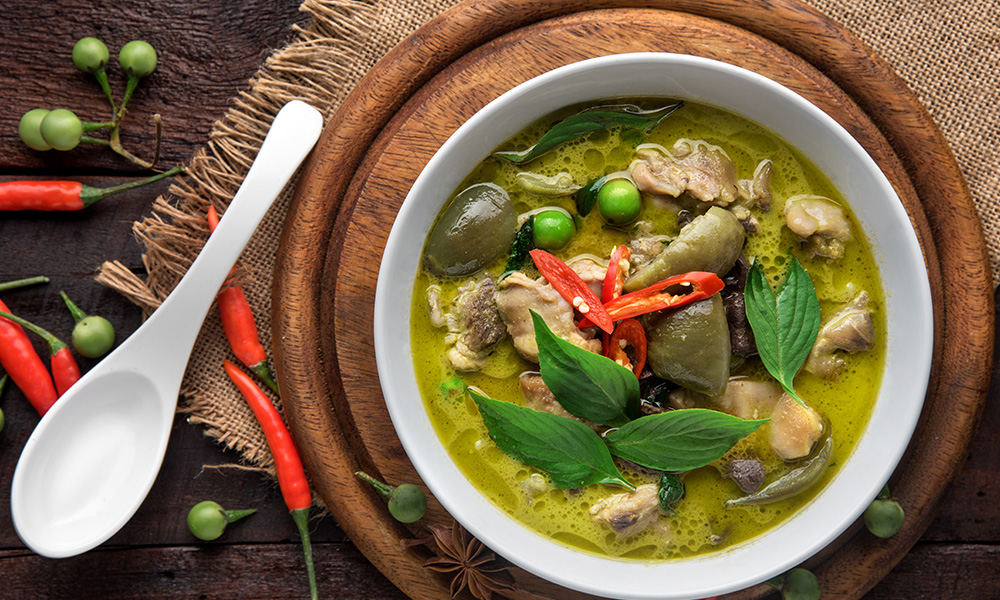
Curry pastes work best to enrich the flavour of meats. The traditional favourite for Thai Green Curry is chicken, as the natural tenderness and neutral taste allows the meat to absorb the paste’s flavours and aroma.
Beef is also great in Thai Green Curry, elevating its bold taste and texture to a spicy gastronomic delight. But want a plant-based version instead? Cook it with Thai eggplants – the succulent ‘meaty’ veggie is ideal to soak up all the zesty savoury flavours.
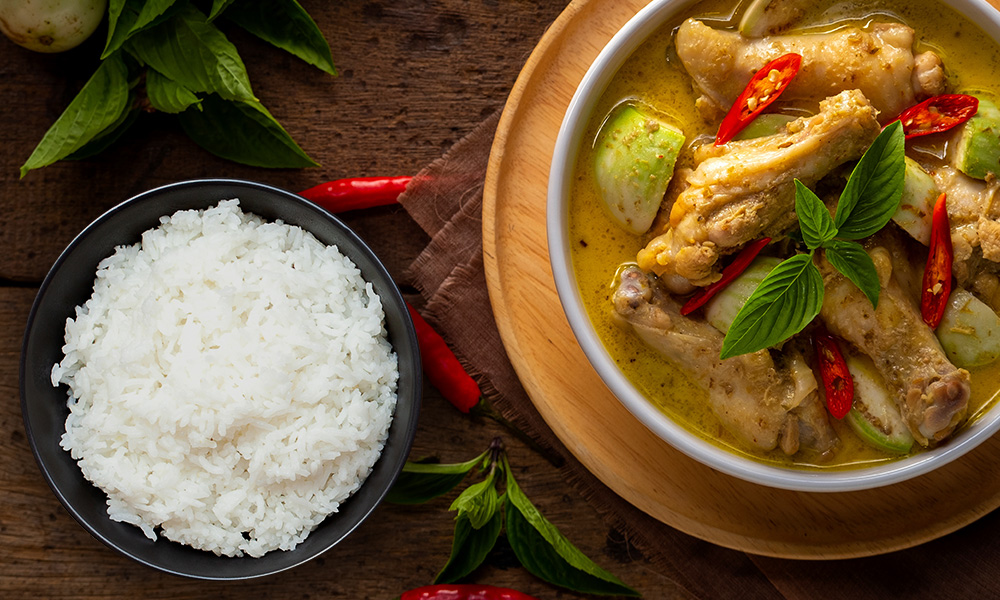
Pair your preferred Thai Green Curry with a carb for a complete meal! Cooked jasmine rice is the most authentic way, of course, as the soft fragrant grains take on the curry’s spicy creaminess for a comforting, zesty enjoyment. That said, you can also savour Thai Green Curry with Asian noodles such as rice vermicelli.
So, ready to cook your own Thai Green Curry at home? Then let’s get started!
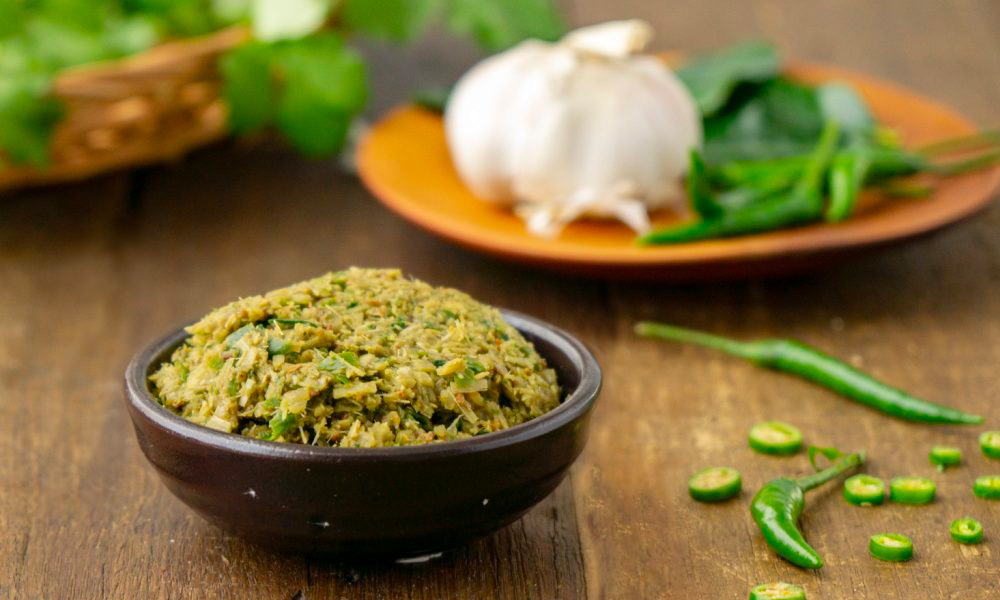
Cut and dice the herbs into tiny pieces, and mix in the various spices; then pound and ground them all with mortar and pestle until they form a thick paste for the traditional method. Otherwise, for a shortcut – just use a blender or food processor to blitz up the herbs and spices until they form a paste. Here’s the recipe and step-by-step video guide for you to follow:
Want a faster ‘shortcut’ instead? Pay a visit to your friendly Asian grocery or supermarket and get a bottle of premade Thai Green Curry paste. Valcom is our recommended brand, as their curry pastes are made with authentic Thai ingredients, well-blended and balanced to the perfect Thai flavours.

In a pot, add in the coconut milk and let it simmer till it thickens up slightly. Then add in the Thai Green Curry Paste and saute it off. Then add in the chicken fillets, and make sure it is well coated in the curry paste. Pour in the remaining coconut milk and stir. Add in the kaffir lime leaves, and vegetables such as eggplants or long beans. Season the curry to taste with salt and sugar. Once the veggies are well-cooked, off the heat. Finally, garnish with Thai basil and chilli, and bon appetit!
Grab the full recipe and watch our step-by-step video guide:
As mentioned, you can also make a plant-based Thai Green Curry. Substitute the chicken with veggies, and follow this wholesome recipe for the paste!
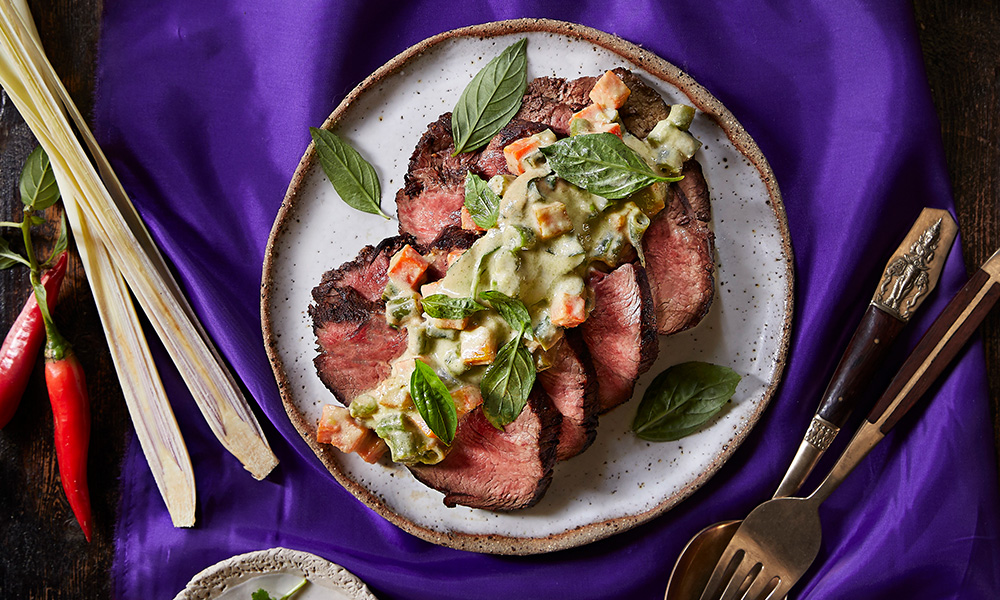
Besides the traditional soupy spicy stew, Thai Green Curry paste is also perfect for making barbecue marinades and modern Asian delights. Have a delicious, zesty roast with this crispy tender panko-crusted lamb. Enrich your grilled beef enjoyment with this sumptuous recipe. Or, savour the finger-licking spicy-savoury taste of our special air-fryer Thai Green Curry wings!

Lighten your mood and rejuvenate your senses with 6 must-try Malaysian drinks!

Pair your hearty barbecues with these refreshing Asian delights!

What are the properties of ginger, and how to pick, store and use ginger in your cooking? Find out here!